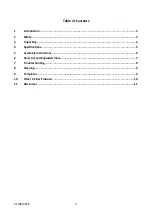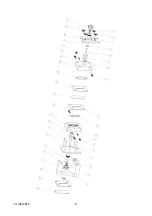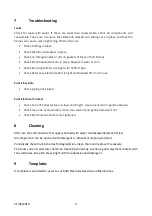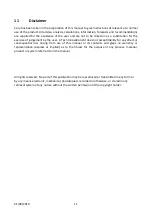
21/08/2019
9
7
Troubleshooting
Leaks
Check for leaks with water. If there are leaks then disassemble, check all components and
reassemble. Take care to ensure that Electrode Gaskets and O-Rings are in place and that the
frames are square when tightening the thumb nuts.
Check O-Rings in place
Check Membrane Gaskets in place
Check no foreign bodies or dirt on gaskets of faces of Cell Frames
Check Electrode Gaskets are in place. Replace if worn or torn
Check Electrolyte Ports are tight with Teflon Tape
Check Reference Electrode Port is tight and blanked off if not in use
Poor Flow Rate
Check piping not kinked
Poor Electrical Contact
Check Current Collector face is clean and bright. Use solvent and or gentle abrasive
Check rear-side of electrode is clean. Use solvent and gentle abrasive if not
Check Electrical Connectors are tightened
8
Cleaning
After use the cell should be thoroughly flushed with water and disassembled and dried.
All components can be cleaned with detergent or ethanol or isopropyl alcohol.
Periodically check the Electrodes for degradation. Clean them and replace if necessary.
The brass current collectors should be cleaned periodically to ensure good electrical contact with
the electrodes. Keep the brass bright with fine abrasive and detergent.
9
Templates
A template is provided for users to cut both Electrode Gaskets and Membranes.






























